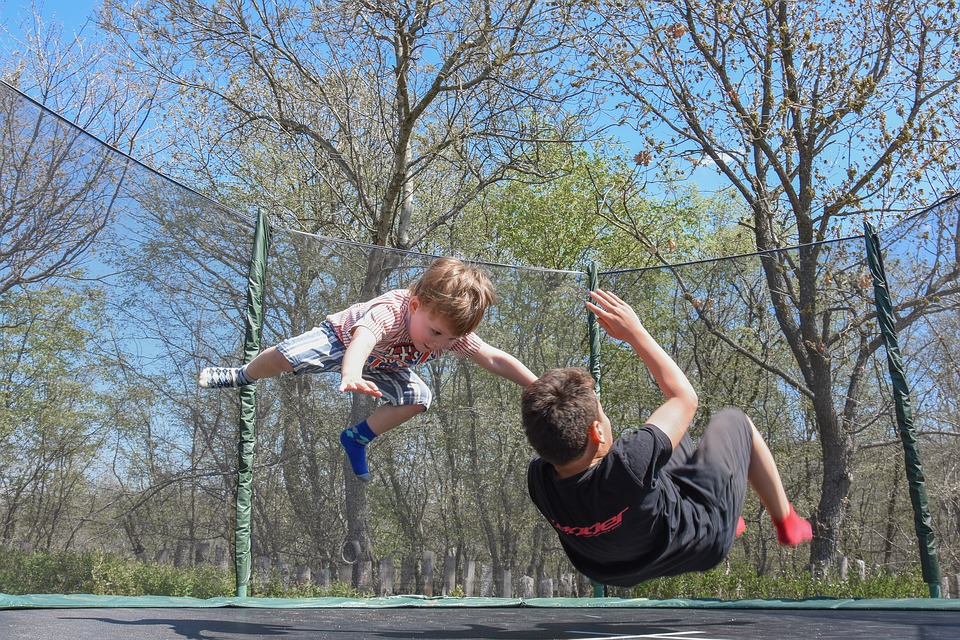
Watching your child grow and develop is one of the most wondrous things a person can experience. Children are extremely resilient during the early developmental phases, yet vulnerable at the same time. Parents have to watch out for a number of sensitivities that don’t cause older kids trouble but commonly affect youngsters.
Below is an overview of some of those sensitivities and what you can do to relieve them.
Skin Sensitivities
Compared to our sun-beaten skin, babies and children have very sensitive epidermis. They can experience a number of skin sensitivities, even if they don’t have an allergy.
Some of the most common skin sensitivities include:
Eczema – Eczema is extremely common among children. Estimates show that around 10% of kids worldwide have it. The condition, which can develop in infancy, can cause the skin to be dry, itchy and easily irritated to the point a rash forms.
Contact Dermatitis – A number of irritants can affect a young child’s sensitive skin. Even tight clothing that rubs against the skin can cause problems. When they do come across irritants it can cause contact dermatitis. Some of the most common causes of contact dermatitis include dye chemicals, nickel, mouthwash and toothpaste ingredients, poison ivy and cosmetics.
Heat Rash – Little kids seem to run hot, which can show up in the form of a heat rash.
Dryness and Chapping – A child’s skin may look smooth and soft, but it can easily dry out. And it’s not just from the wind and cold. When kids wash their hand a lot or frequently lick their lips it can dry out the skin.
Hives – Most cases of hives can be chalked up to virus sensitivity. Even a small stomach bug can cause red, bumpy hives in young children.
The clothing you buy can make a difference. If a child suffers from contact dermatitis or dry skin, clothing items like seamless socks for kids, pants without tight waistbands and clothing without tags are often recommended.
Moisturizers that contain soothing ingredients like oatmeal are also recommended for a number of skin sensitivities. Of course, keeping your kid’s skin hydrated will help prevent dryness and chapping.
Sun Sensitivity
In addition to irritants, allergens and the environment, the sun can also affect children more so than adults. They haven’t had time to build up a tough exterior to ward off burns, but that isn’t the only problem created by the sun.
Photosensitivity can also be an issue. The term photosensitivity is a blanket term for a number of sun allergies. Doctors aren’t sure why some people develop photosensitivity, although some types of sun allergies can be inherited. The most common types of sun allergies include:
- Polymorphous light eruption (PMLE)
- Actinic prurigo (hereditary PMLE)
- Solar urticarial (occurs most often in young women and girls)
- Photoallergic eruption (occurs due to chemical reaction after a topical cream or fragrance is applied to the skin)
The symptoms of sun allergies are similar, usually resulting in a red, itchy rash. If solar urticarial is the problem your child may develop hives.
The easiest way to prevent sun allergies is to limit exposure. But that doesn’t mean you have to keep your kid inside 24/7. Make sure they wear loose, lightweight clothing that covers the skin and avoid times when the sun is strongest. It’s also important to slather on broad-spectrum sunscreen with an SPF of 20 or higher.
Food Sensitivities
Getting kids to try new foods can be a challenge, but you may also have to contend with a sensitive digestive tract. A number of foods can cause adverse reactions in kids. The good news is many children outgrow food allergies as they get older.
Some of the most common food allergies among children include:
- Nuts
- Peanuts
- Eggs
- Milk
- Wheat
- Soy
- Seafood
- Strawberries
Many of the food allergies above can cause skin reactions. If you don’t want to find out about a food allergy the hard way, there are several skin tests that your pediatrician or an allergist can perform to discover sensitivities.
Anytime you buy prepared meals or go out to eat it’s near impossible to know what all is in the food you and your children consume. If you’re concerned about food allergies and sensitivity, the best thing you can do is prepare food at home as much as possible. You can even make homemade baby food as soon as you begin to wean your child.
Persistent problems that don’t improve with over-the-counter treatments deserve more attention. If your baby, toddler or child has a strong reaction to irritants, allergens, the sun or food schedule an appointment with your pediatrician as soon as you can.




